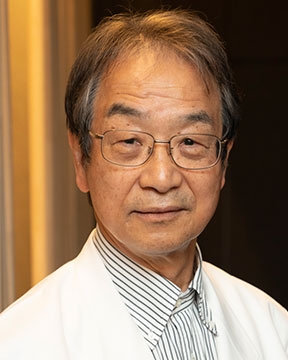
 |
Shinichi HoriInstitute for Image Guided TherapyNon-invasive Cancer Therapy With The Latest Medical Technologies And A New Treatment Concept Intl. Symp. on Technological Innovations in Medicine for Sustainable Development Back to Plenary Lectures » |
Abstract:Over the past decade, cancer treatment has made remarkable progress. The standard treatments-surgery, radiotherapy, and systemic chemotherapy have played a significant role. Nevertheless, standard treatments continue to cause side effects for a growing number of patients. Further complicating matters, cancer treatment is becoming increasingly expensive. The solutions to these problems require the application of some new concepts and newly developed medical technologies[1]. Cancer treatment with less damage to patients, enabling patients to carry on with their work as well as normal family lives even after treatment should never be defined as a miracle cure but as a practical treatment. Nowadays, with the help of the latest medical imaging technology, it is feasible to identify the exact location of cancer and find the best approach to treatment[2]. Then a microcatheter with a diameter as small as 0.7 mm can be inserted into a patient’s body and travel anywhere in the body[3]. Additionally, the spherical embolic microspheres deliver drugs for an extended period while keeping the drugs remaining inside the targeted lesion[4]. With these technologies, we continue to develop new methods of cancer treatment. Moreover, if cancer treatment were aimed at living with cancer in a non-life-threatening situation rather than eradicating it, cancer treatment would be significantly changed. |
|